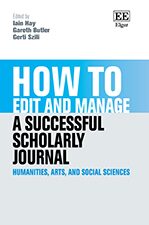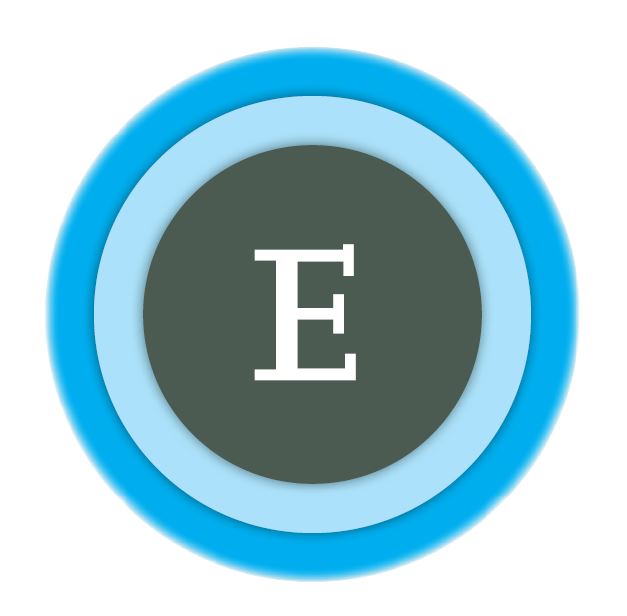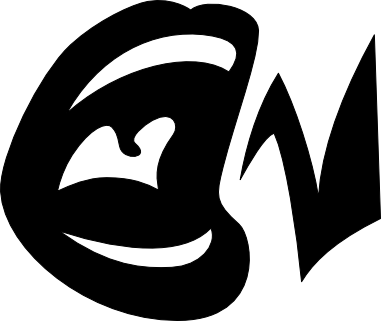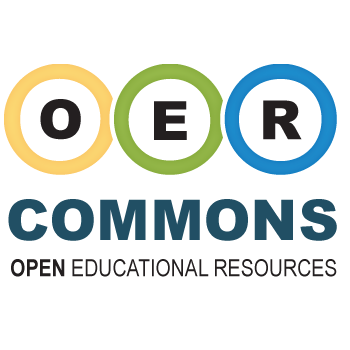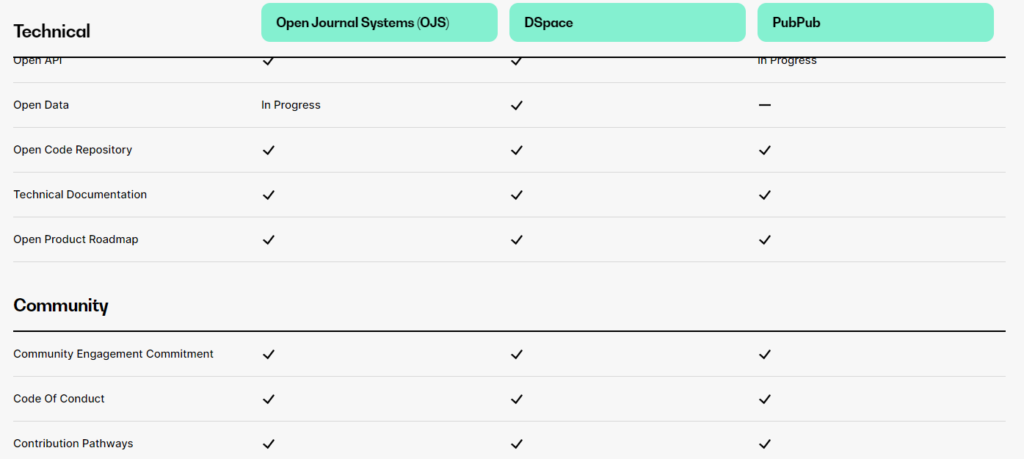Professor Lucina Uddin, with Justice Catalyst and the law firm Lieff Cabraser, has filed an antitrust case against six of the largest for-profit publishers: Elsevier; Wolters Kluwer; Wiley; Sage; Taylor & Francis; and Springer Nature, as well as the International Association of Scientific, Technical and Medical Publishers, commonly known as STM. Interestingly, this is a class action lawsuit from a private plaintiff, not a government action.

The complaint is a broadside against the current state of the scholarly publishing industry. For its antitrust claims, the plaintiffs point to three major areas: uncompensated peer review; the requirement that authors submit exclusively to one journal; and the requirement that, upon article acceptance, authors sign away their rights to publishers that prevent the authors from sharing their research. The plaintiffs point to language found in STM’s International Ethical Principles for Scholarly Publication, which all publishers in the case agree to, in support of their case.
It is important to keep in mind that a complaint does not need to go that far in detailing the legal arguments that go into a case. The plaintiff says the defendant did some things, asserts those actions were unlawful, states the source of the unlawfulness, and asks for some relief. The first of those take up the majority of the brief. Before the court can really get into the lawfulness question, it will have to resolve the issue of this being a class action, and the definition of the class. The publishers will likely assert that individual authors cannot be joined as a group, and need to be treated individually. They might have a point, in that some people may have only interacted with the system as peer reviewers, and some people may have only been submitting authors.
Allegations
The first allegation is about unpaid peer review labor. This allegation should give the defendants the most pause. Why aren’t peer reviewers compensated financially? Whatever that reason is, is there a better way to deal with that issue rather than not paying them? By many accounts, we are reaching a peer review crisis in terms of finding enough reviewers. The biggest problem the plaintiffs face here is that their allegation is pretty weak in terms of pointing to the actual language in STM documents that say reviewers should not be paid. There is acknowledgement that it is volunteer work, but none of the ethics requirements say not to pay.
The second is the requirement that authors only submit to one journal at a time. This certainly predates STM, but it is mentioned in the STM ethics. It is an interesting idea to consider what academic publishing would look like where journals compete for articles at the submission stage. Most law publishing is already this way. Allowing multiple submissions has not led to any monetary compensation for authors, but there are ways authors use the system to maximize prestige, which is one of the main benefits authors get from publishing. It is also arguably quite inefficient, with potentially hundreds of journals all spending time to review a submitted manuscript with no pay-off.
The final claim is against the practice in author agreements that prohibit sharing of the manuscript. I’m not sure that this is completely factually correct, as it seems to mix articles under submission and articles that are published, but the claim will need to be fleshed out in light of policies on things like preprints. The complaint is also against publishers requiring authors to sign publishing agreements where the authors transfer their copyright.
Analysis
Overall, I do not think this lawsuit will “fix” scholarly publishing. It does not effectively address the prestige economy that drives authors to certain behaviors in the first place; nor would the industry become less consolidated. However, even if it turns out that the business of scholarly publishing is not the way it is due to unlawful market collusion, it is good to question why the industry is shaped like it is.
I am not sure how the large Open Access publishers, MDPI and Frontiers, did not get listed as parties in the lawsuit. Given the suit alleges the defendants own a little more than half of all academic journals, they must be more concerned with titles than articles published. In addition, totally OA publishers likely could not be included in the third alleged unlawful practice, as authors are allowed to share their work.
I think the case will eventually be whittled down to the peer review compensation issue, where it will be easiest to define a particular class of people affected. At that point, a settlement that includes changing the language of the ethics guidance of STM, plus a monetary payment to reviewers (where the lawyers received a nice percentage of the total) would probably be in everyone’s best interest.
